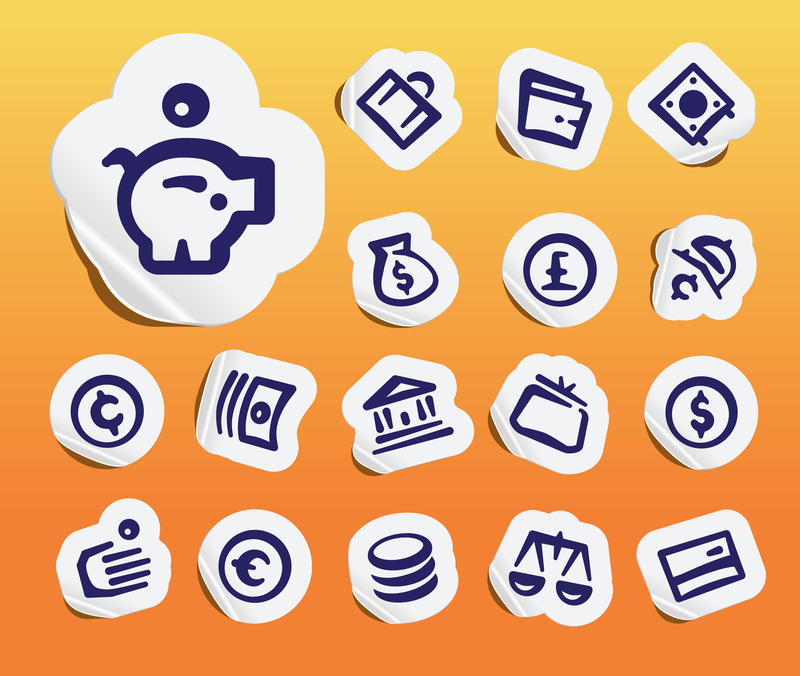Piano Moving 101: Leave It to the Pros for Safety and Ease
Posted on 18/05/2025
Piano Moving 101: Leave It to the Pros for Safety and Ease
Moving a piano is no small feat, whether you're relocating to a new home, shifting studios, or reimagining your living space. Far more than just another piece of furniture, a piano is a delicate, heavy, and valuable instrument with intricate components susceptible to damage during transit. Professional piano movers specialize in transporting these prized instruments safely and efficiently. This comprehensive guide explores why you should always trust the experts with your valuable musical investment and what you can expect from expert piano moving services.
Why Piano Moving Is Not a DIY Job
At first glance, moving your own piano might seem economical. However, the risks and potential costs far outweigh any perceived savings. Let's break down the key reasons why tackling a piano move without the right knowledge, experience, and equipment is a recipe for danger and disaster.
The Sheer Weight and Shape of Pianos
Upright and grand pianos can weigh anywhere from 300 to over 1,000 pounds. Their size and awkward shapes make them difficult to grip and maneuver, increasing the likelihood of dropping or damaging the instrument--and injuring yourself in the process.
- Upright Pianos: Easier to handle, but still heavy and top-heavy.
- Grand Pianos: Require disassembly, careful padding, and unique moving techniques.
Standard home moving dollies and equipment simply aren't designed for a piano's bulk and fragility. Improper handling could result in irreparable harm to the instrument and to hardwood floors, door frames, or stair railings.
The High Risk of Injury
Hundreds of people suffer personal injuries every year attempting to move pianos. Back strain, crushed fingers, pulled muscles, and even more severe accidents can occur when amateurs try to relocate these massive instruments without the correct technique or enough manpower.
Pianos Are Delicate Musical Instruments
Pianos might seem sturdy on the outside, but inside they contain over 10,000 moving parts--strings, felt hammers, delicate keys, and more--that can easily be knocked out of alignment. Bumps, jolts, and improper angling can:
- Distort the frame and throw off the pitch
- Snap strings or damage the action mechanism
- Loosen keys or pedals, affecting playability
The costs of repairing a damaged piano after a DIY move often far exceed the price of hiring a pro.

Top Reasons for Hiring Professional Piano Movers
Expert piano movers combine experience, specialized gear, and logistical know-how to guarantee safe and efficient transportation. Here's why investing in the pros makes all the difference:
Specialized Knowledge and Experience
Professional piano movers are trained to:
- Assess the instrument's size, style, and construction
- Disassemble, wrap, and protect vulnerable components
- Navigate tricky spots like stairs, tight corridors, or elevators
- Reassemble and position the piano at the new location
Their familiarity with all makes and models ensures they can handle everything from uprights to concert grands with ease.
Custom Equipment and Tools
Piano moving companies don't rely on standard furniture dollies or basic packing tape. Instead, they equip their teams with:
- Piano skids and boards that support the instrument's weight
- Heavy-duty straps and padding to secure and protect during transit
- Specialized dollies and ramps to move pianos up or down stairs safely
- Crating services for international or long-distance moves
These tools are crucial in preventing scratches, gouges, or structural damage.
Comprehensive Insurance Coverage
Reputable piano moving specialists carry insurance to cover your instrument against accidental damage. If something unforeseen does occur, you're financially protected--unlike with a DIY move.
Types of Pianos: Unique Moving Challenges
Understanding the type of piano you own is important for both the owners and movers. Each type presents distinct moving challenges:
Upright Pianos
- Compact, with vertical orientation
- Still extremely heavy and top-heavy
- Vulnerable to tipping if not balanced
Baby Grand and Grand Pianos
- Requires disassembly (legs, pedals, lid removed)
- Very wide, awkward to maneuver around corners
- Demands multiple movers and customized moving equipment
Digital Pianos
- Lighter, but potentially fragile electronics
- Require gentle handling and moisture protection
The Step-by-Step Piano Moving Process
When you hire expert piano movers, you can expect a strategic approach that minimizes risk and maximizes safety. Here's how a professional piano move normally unfolds:
1. Assessment and Planning
- Movers analyze access points, stairs, and corridors at both locations
- Measure door and hallway widths to ensure clearance
- Plan the safest, most efficient route for moving the instrument
2. Protective Wrapping
- Blankets and padding are applied to all surfaces
- Keys and pedals are secured
- Sharp edges or fragile parts are wrapped and cushioned
3. Disassembly (If Needed)
- Grand and baby grand pianos are partially disassembled
- Legs, pedals, and the lid are carefully removed
- All parts are labeled and safely wrapped
4. Lifting and Moving
- With multiple movers, the piano is gently lifted onto a specialized dolly or skid
- Secured with straps to prevent shifting during transit
- Navigated through entrances, elevators, or stairs as required
5. Transportation
- Piano is loaded into a climate-controlled, padded moving vehicle
- Proper bracing ensures it won't roll, jostle, or tip over
6. Unloading and Reassembly
- Instrument is carefully brought into the new location
- All parts are reattached and reassembled by trained technicians
- Piano is positioned exactly where you want it
Frequently Asked Questions About Piano Moving
How Much Does Piano Moving Cost?
The price depends on the instrument's size, weight, distance moved, and complexity of the move (stairs, tight spaces, etc.). In general, professional piano moving companies charge between $200 and $1,000 per move. Many offer free, no-obligation quotes to help you budget.
Should a Piano Be Tuned After Moving?
Yes! Even with gentle handling, changes in humidity, temperature, and minor vibrations can affect your piano's tuning. Allow the instrument to acclimate for at least a week in its new location before scheduling a tuning appointment.
How Should I Prepare My Piano for Moving?
- Remove sheet music, lamps, or decorative items
- Inform movers of any lifts, stairs, or unique circumstances
- Reserve building elevators if necessary
Proper preparation helps the move go smoothly and protects your piano and home.
Can Movers Transport Pianos Long Distance?
Absolutely. Many moving companies offer specialized long-distance piano moving services, including cross-state, cross-country, or international shipping, using climate-controlled trucks and crating as needed.
What Sets Professional Piano Movers Apart?
Not all moving companies are equipped to handle pianos. Piano moving experts distinguish themselves with:
- Licensed and insured personnel trained specifically in piano handling
- Specialized moving vehicles with climate control and air-ride suspensions
- Expertise in grand, baby grand, upright, and historic piano transport
- White-glove service for high-value and antique instruments
When to Schedule Your Piano Move
Early planning is key for a seamless experience. Try to book professional piano movers at least two to three weeks in advance, particularly during busy seasons (spring, summer, year-end holidays). This ensures you get a reliable, experienced team on your chosen date.
If you need to move on short notice, many companies will accommodate with last-minute or emergency scheduling--just expect a possible rush fee.
Choosing the Best Piano Moving Company
When searching for the right movers, consider these essential tips:
- Check credentials: Ask for licensing and proof of insurance
- Read reviews: Look for companies with many positive references
- Ask about equipment: Ensure they use professional piano-specific gear
- Get a written quote: Avoid hidden charges or vague pricing structures
- Inquire about experience: Choose teams trained for your specific piano type
What to Expect on Moving Day
The moving team will arrive on schedule and conduct a walkthrough. Everything will be assessed for optimal safety, and your piano will be expertly protected, moved, and reassembled. Expect a clean, professional process with respect for your home and property.
Tips for a Smooth Piano Moving Experience
- Clear pathways in advance
- Secure pets and small children away from the moving area
- Take photos of your piano for insurance and reassembly reference
- Discuss any access concerns with your movers beforehand
- Trust the professionals--do not attempt to "help" unless asked

The True Value of Professional Piano Moving Services
Your piano is more than an object--it's an heirloom, an investment, and a centerpiece of your musical life. By choosing expert piano movers, you ensure it arrives in pristine condition, ready to make music for years to come.
The peace of mind alone is worth the modest investment, especially considering the huge risks involved in DIY moves.
In Conclusion: Why You Should Leave Piano Moving to the Pros
Piano moving is a highly specialized task that demands professional care, specialized tools, and experienced handling. You not only shield your instrument from harm but also protect yourself and your home from costly damage or injury. When you need to move your piano, whether across town or across the country, always trust the experts--you'll be glad you did.
If you care about your piano's safety and sound, put your trust in seasoned piano moving professionals for a safe, easy, and worry-free experience every time.



